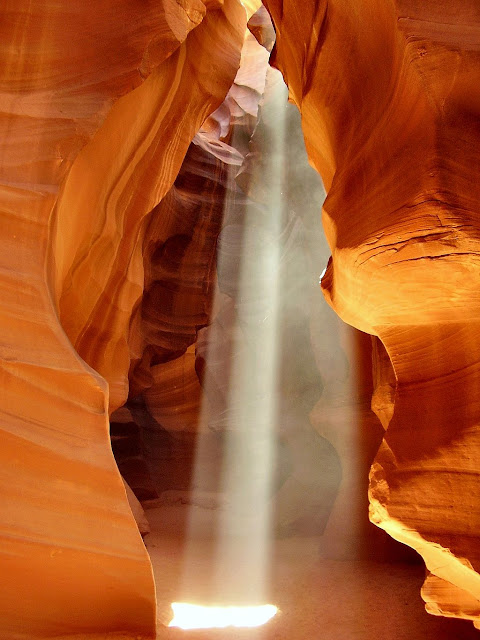Day 10 (D-51) More about Santa Fe
Day 10 Santa Fe (continued)
My best,
Jane
-- to blaze a trail = ouvrir une voie
Let's continue our list of interesting facts about Santa Fe.
Starting with more superlatives:
6) Santa Fe is the third-largest art market in the United States, after New York and Los Angeles.
7) Santa Fe's Canyon Road has more than 100 galleries within its one-square mile, making it the densest concentration of art galleries in the world.
Looking for something to buy? Art? Clothes? Jewellry? Or we can just "buy" with our eyes!
https://www.youtube.com/watch?v=GrEmha3I9_M
8. One of the largest American internment camps was built in Santa Fe. On February 19, 1942, President Franklin Delano Roosevelt signed Executive Order 9066, which authorised the federal government to incarcerate people it considered potential saboteurs of the war effort. At first, Japanese-Americans, and then Germans and Italians were sent to Santa Fe later during the war. The Santa Fe camp imprisoned a reported 4,555 men and was one of several camps operated by the Department of Justice during the war. They were distinct from the larger relocation camps scattered across the country, which held around 110,000 adults and children and were maintained by a different federal agency. Camp Santa Fe remained open after the war ended on September 2, 1945, to be used as a processing center for the relocation of Japanese internees back to where they had come from. It was finally closed in May 1946 or sometime shortly thereafter.
8. One of the largest American internment camps was built in Santa Fe. On February 19, 1942, President Franklin Delano Roosevelt signed Executive Order 9066, which authorised the federal government to incarcerate people it considered potential saboteurs of the war effort. At first, Japanese-Americans, and then Germans and Italians were sent to Santa Fe later during the war. The Santa Fe camp imprisoned a reported 4,555 men and was one of several camps operated by the Department of Justice during the war. They were distinct from the larger relocation camps scattered across the country, which held around 110,000 adults and children and were maintained by a different federal agency. Camp Santa Fe remained open after the war ended on September 2, 1945, to be used as a processing center for the relocation of Japanese internees back to where they had come from. It was finally closed in May 1946 or sometime shortly thereafter.
9. Santa Fe is the end of the Santa Fe Trail, which travels 800 miles from western Missouri. Blazed in 1822, it was the trade route between Mexico and the United States until the 1846 Mexican-American War. It laid the path for the railroad that came in the 1880s.
AND the first road established by Europeans in what is now the United States was El Camino Real, the Royal Highway. Established in the 1540s, by 1581 it was carrying Spanish settlers from Mexico City to Santa Fe. Today, I-25 (a motorway, a highway, Interstate road) follows portions of the El Camino Real.
10. So much more but I'll stop with a little trivia for you:
Lew Wallace wrote Ben-Hur: A Tale of the Christ while he served as New Mexico territorial governor, from 1878 to 1881, in Santa Fe. You know the 1959 film with Charlton Heston, don't you? And did you know that the outlaw Billy the Kid had asked for Wallace for amnesty but when the Kid's plan didn't succeed, he escaped from the county jail.
My best,
Jane
-- to blaze a trail = ouvrir une voie





Comments
Post a Comment